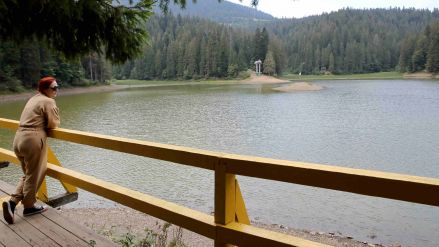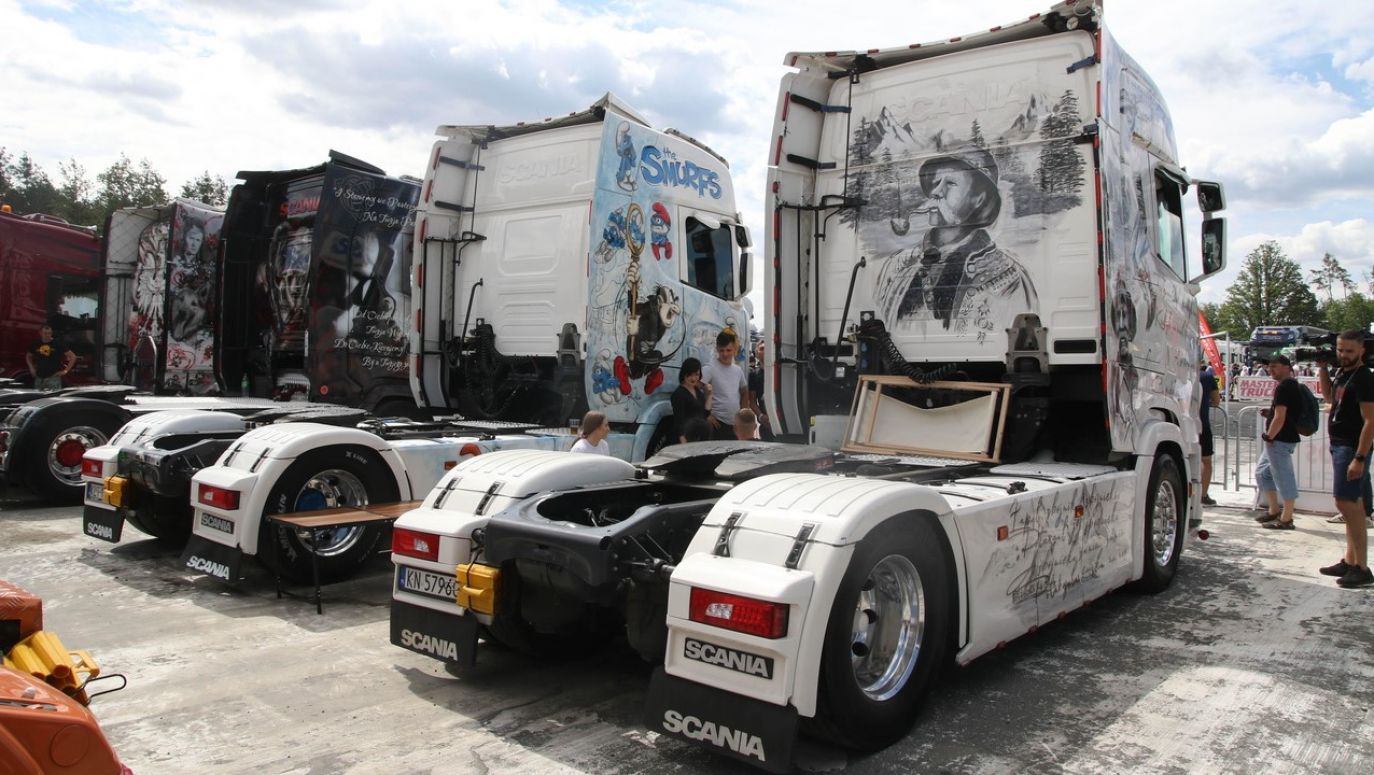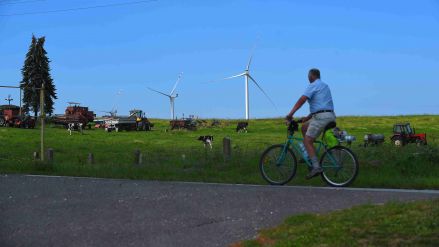Transformation has forced everyone to be mobile. Those who were not peasant workers became them because what differentiates a worker who travels half of Poland for work from a peasant worker? The term “jars” became their symbol, considered pejorative by many. But it is they who constitute the modern Polish economy. They traverse the entire country in various directions, seeking better living and earning conditions.
Of course, this mobility can also have long-term negative consequences, especially when it affects family life. Researchers have been somewhat reluctant to analyse this issue so far, perhaps because the subjects under study are also too mobile. However, the contemporary lifestyle of a significant portion of Poles, who commute to work in various ways, is not even reflected in mass culture. It is a pity because these are interesting changes in our customs that will have an impact on future generations. They deserve more attention than they have received thus far.
During the early weeks of the pandemic, the regions that were the most dynamic and mobile were also the ones where the spread of infections was most apparent on the map. These regions included Mazovia (specifically Warsaw), Silesia, and Kraków with Małopolska. Pomerania and the Tri-City were less mobile. We are a highly mobile and flexible society. Undoubtedly, this has contributed to Poland managing relatively well in successive crises. In this model, we are closer to peasant workers than brokers.
Furthermore, modern urban culture in Poland has emerged under the influence of the countryside. We should not be ashamed of these roots, as we unfortunately have been in the past. Today, we are undergoing another stage of this cultural transformation, where even the visual differences between the countryside and the city are fading. Thirty years ago, one could identify someone’s origin by their clothing. Today, both rural and urban residents buy the same things from the same stores, although rural areas more frequently use the internet for shopping.
“Profound transformations over the past two decades have led to the expectation that traditional peasant farms and the peasant class itself would inevitably disappear. However, this process has taken a rather surprising direction. On one hand, there has been a ‘refamilization’ of some farms and an evolution towards agribusiness farming. On the other hand, there has been a ‘depeasantization’ of the countryside,” said professor Cecylia Leszczyńska wrote in her work ‘The Peasant Ethos and Its Significance in Contemporary Poland’. “The ‘enduring’ peasant farm had limited market contacts and relied on non-agricultural income, including social transfers. Once again, the flexibility and pragmatism of peasant farming manifested themselves in history. In difficult times, the most appropriate strategy proved to be adaptation and survival, driven by caution and mistrust towards an external world that was often hostile rather than friendly.”
Besides their mobility, the greatest skill of farmers and factory workers has been their ability to continuously adapt to the economic reality and the ever-changing conditions. It is their market flexibility, especially in a world that believes specialists are no longer necessary. However, it turns out that people like contemporary peasant workers must possess various skills that defy authority, such as hydraulic repairs. Therefore, I believe that the future belongs to peasant workers.
– Grzegorz Sieczkowski
TVP WEEKLY. Editorial team and jornalists
– Translated by jz 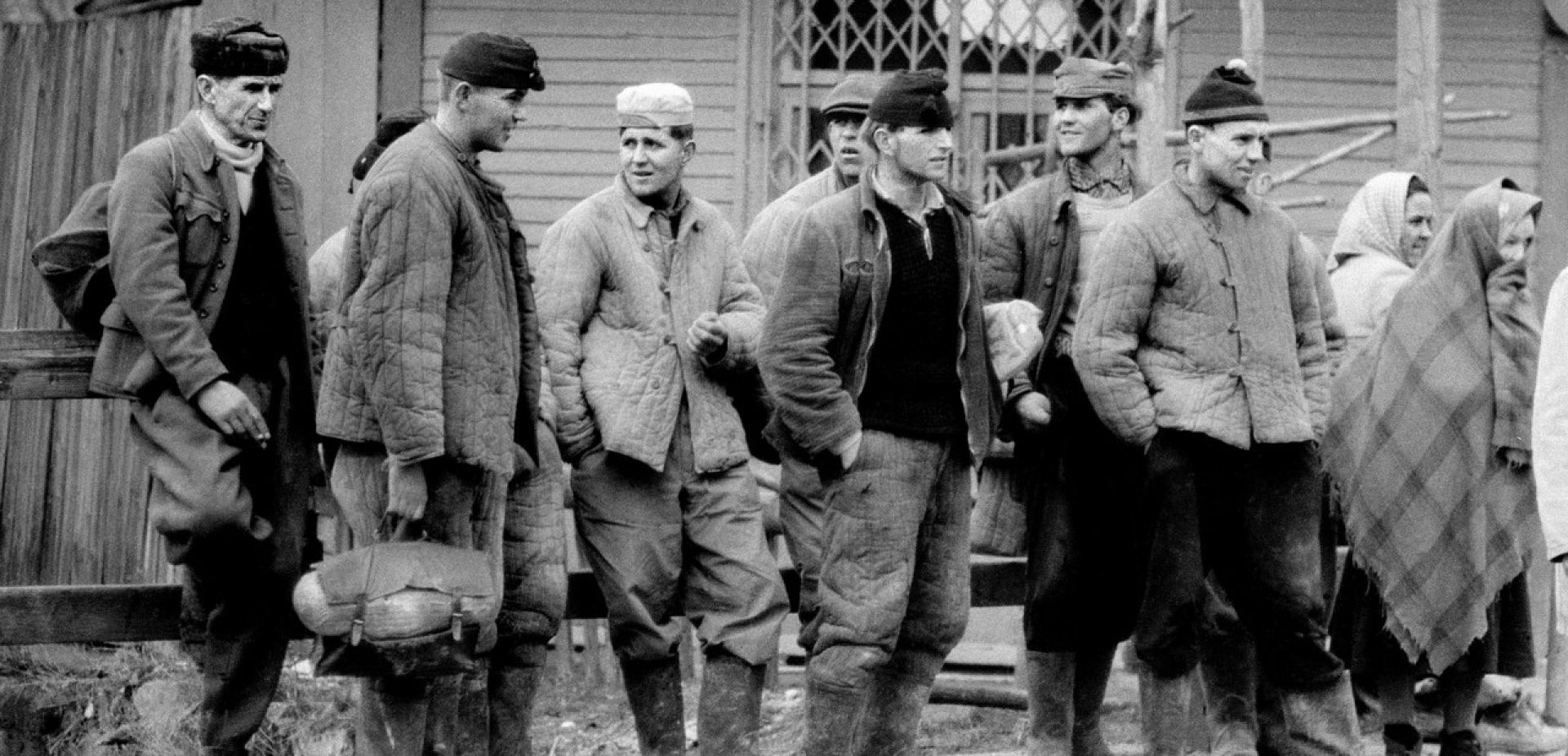
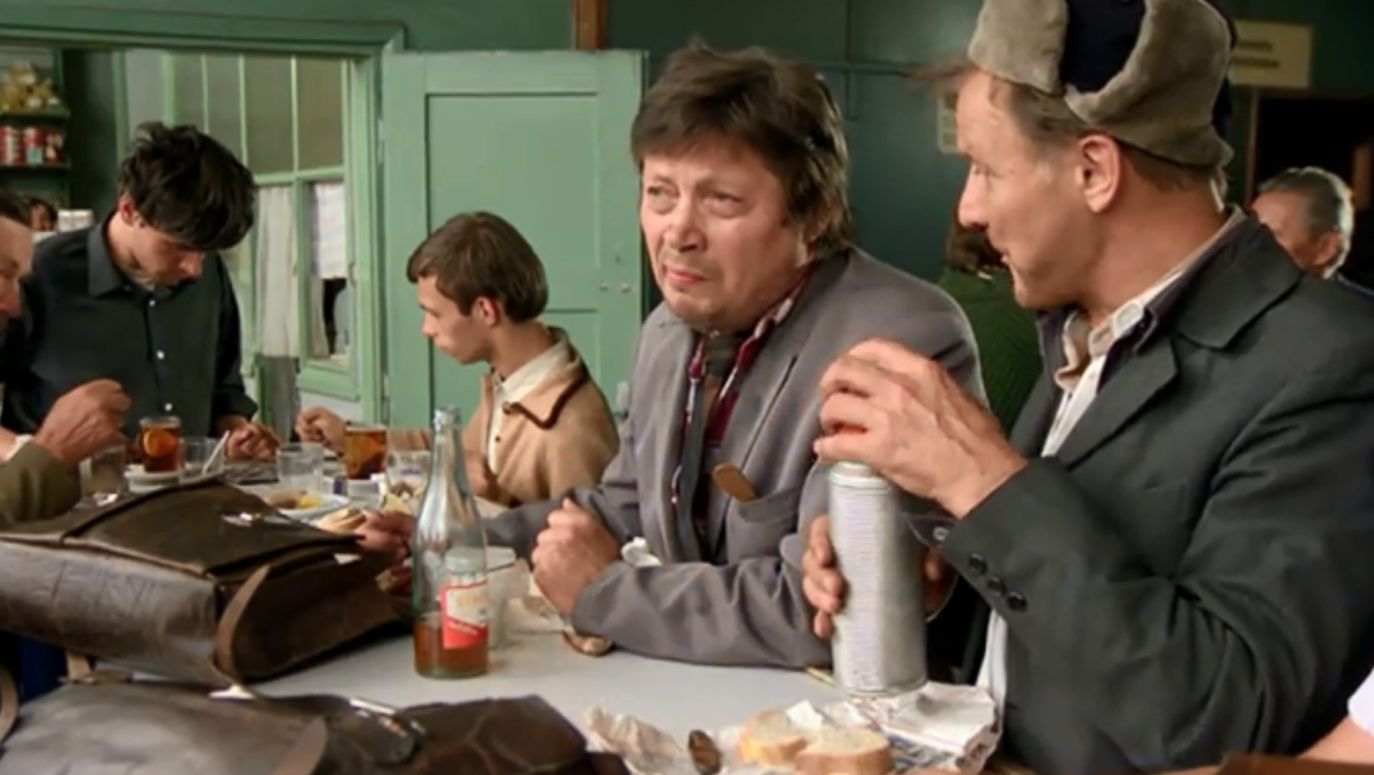
 SIGN UP TO OUR PAGE
SIGN UP TO OUR PAGE 
